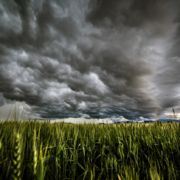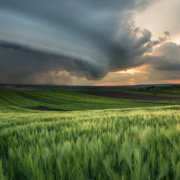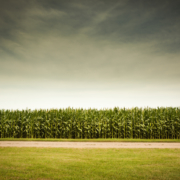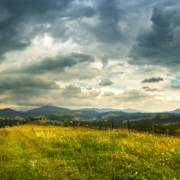Mild to severe hail damage reported across Western Canada
Storms resulted in mild to severe hail damage to crops across Western Canada, according to the Canadian Crop Hail Association.
CCHA member companies are investigating more than 800 claims of crop damage from storms that occurred June 30 – July 7.
Companies contributing to this report are Rain and Hail Insurance Service, Agriculture Financial Services Corporation, Palliser Insurance, Manitoba Agricultural Services Corporation and Municipal Hail Insurance.
“Hail size and severity continues to be all over the place,” said CCHA Chairman Scott McQueen of Palliser Insurance. “We are seeing light to severe damage in all three provinces.”
Here’s a look at storm damage across the region.
Alberta
Crops damaged: Barley, beans, canola, chickpeas, corn, lentils, mustard, oats, onions, peas, potatoes, pumpkins, fall rye, sugar beets, wheat.
Communities impacted include: Foremost, Grassy Lake, Stirling, Barnwell, Iron Springs, Stavely, Nanton, Milo, Arrowwood, Indus, Airdrie, Crossfield, Beiseker, Viking, Irma, Vegreville, Marwayne, Two Hills, Radway, Manning.
Saskatchewan
Crops damaged: Canola, wheat, peas, corn, mustard, durum.
Communities impacted include: Southern areas of the province.
Manitoba
Crops damaged: Canola, soybeans, cereals, alfalfa seed, edible beans, field peas, corn.
Communities impacted include: Dauphin, Melita, Gladstone, Fisher Branch, Riverton, Manitou, Brandon, Souris, Elgin, Gilbert Plains, Swan River, Neepawa, Waywayseecappo, Carroll, Hamiota, Beausejour, Lac du Bonnet.








